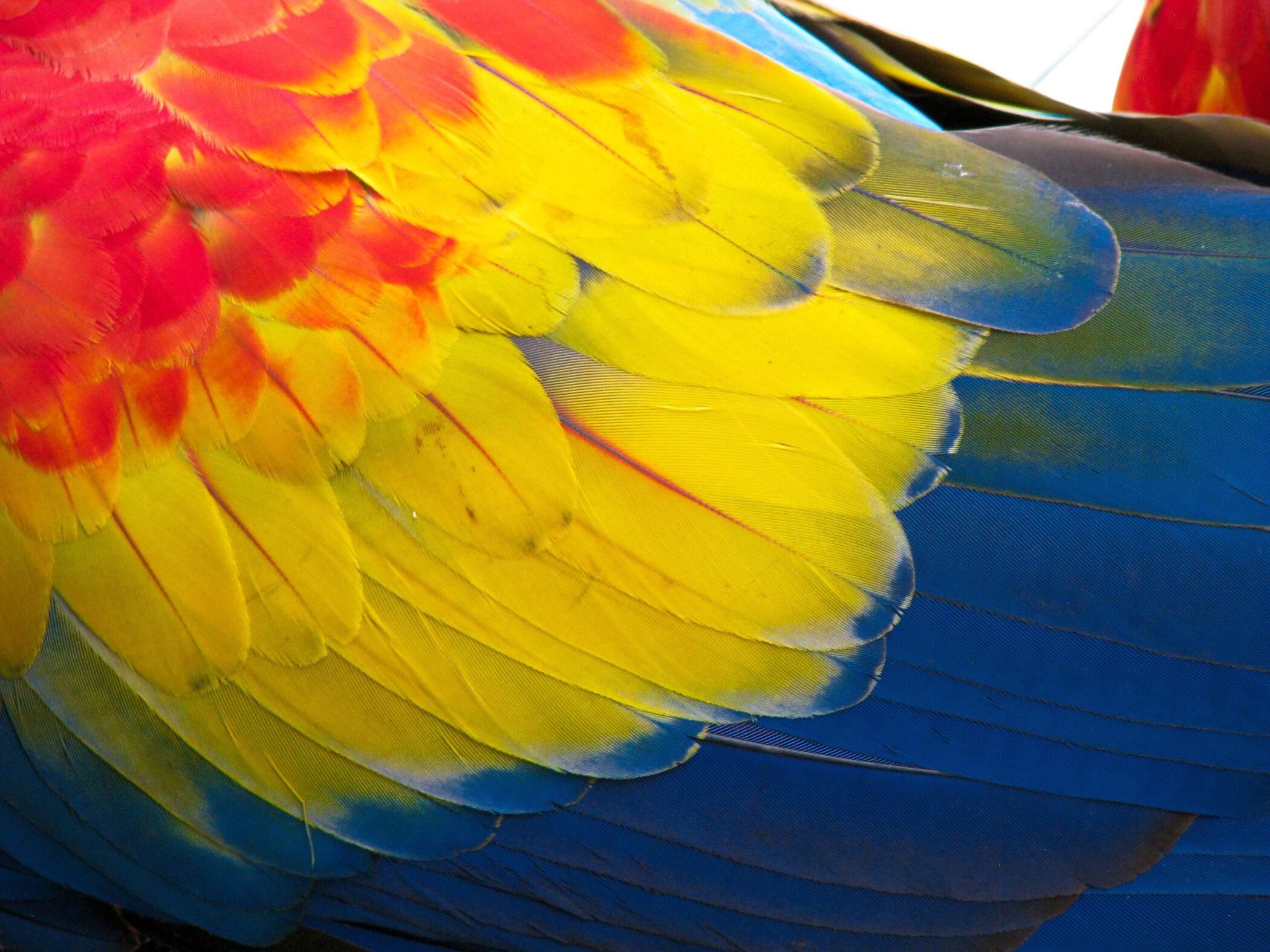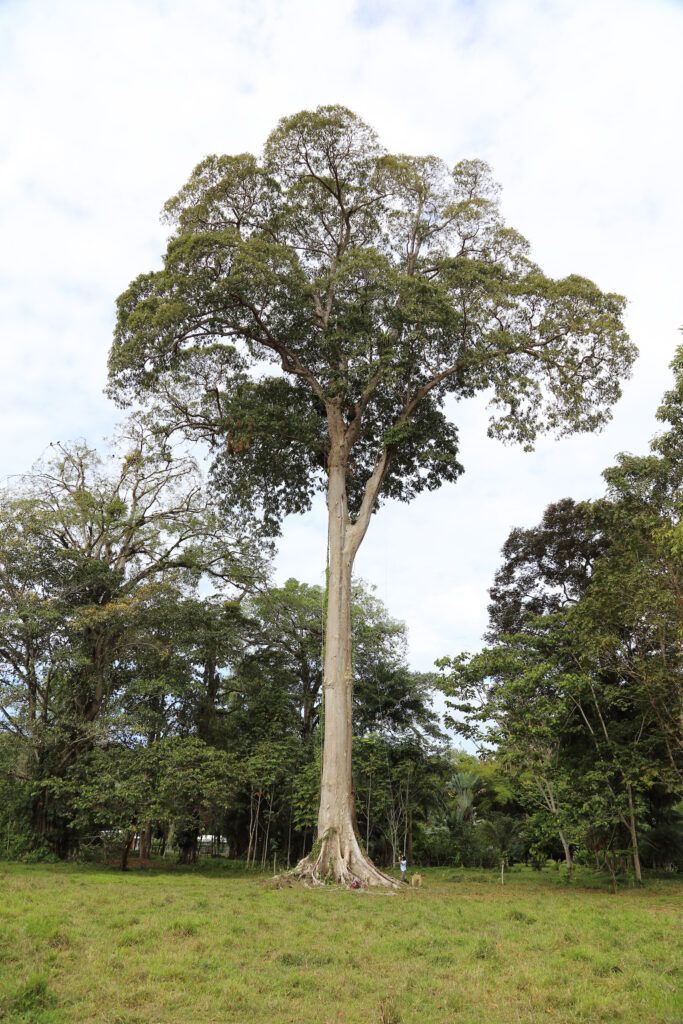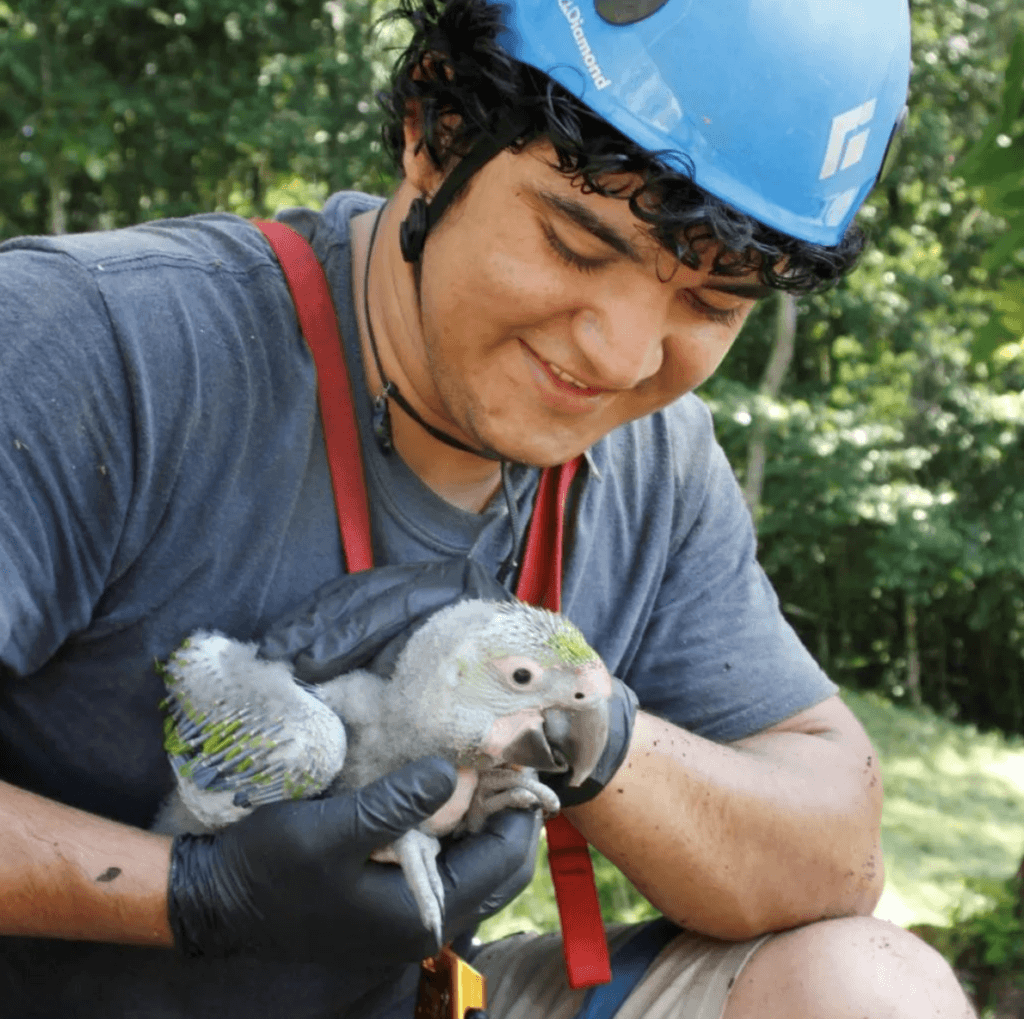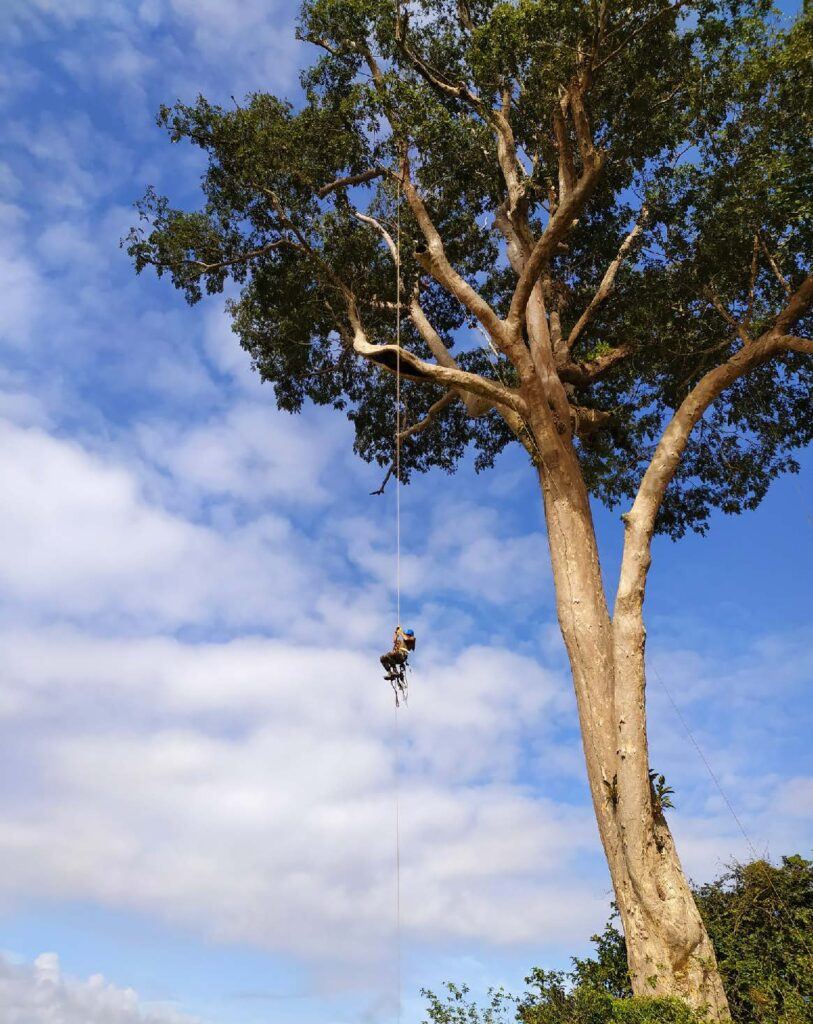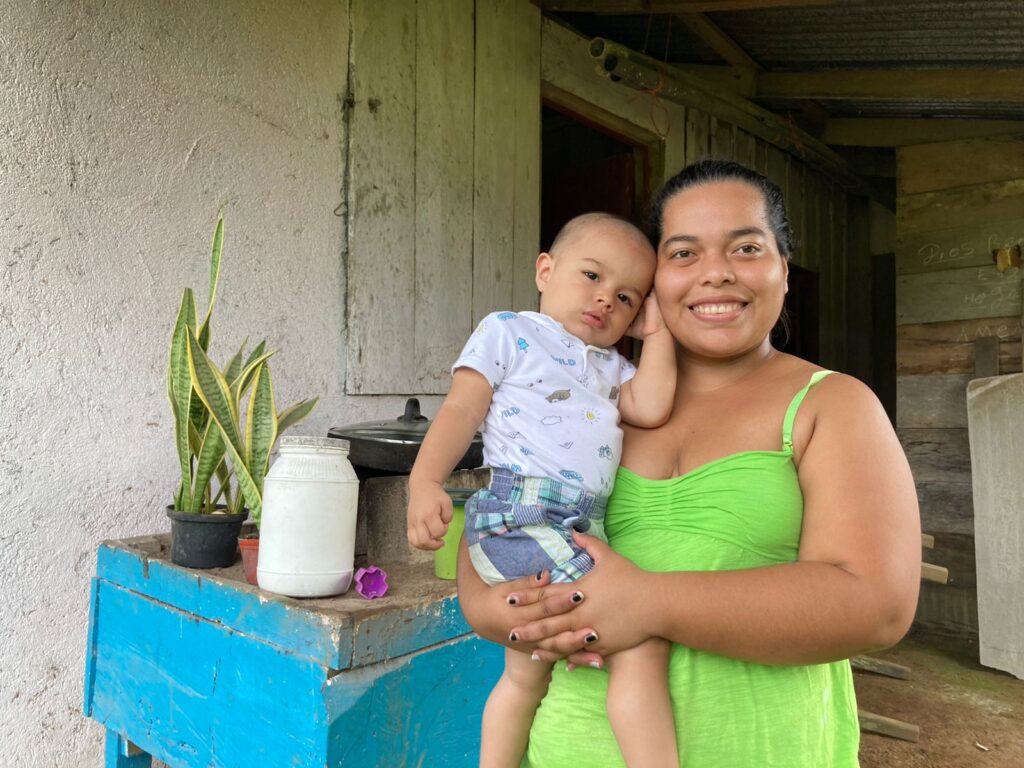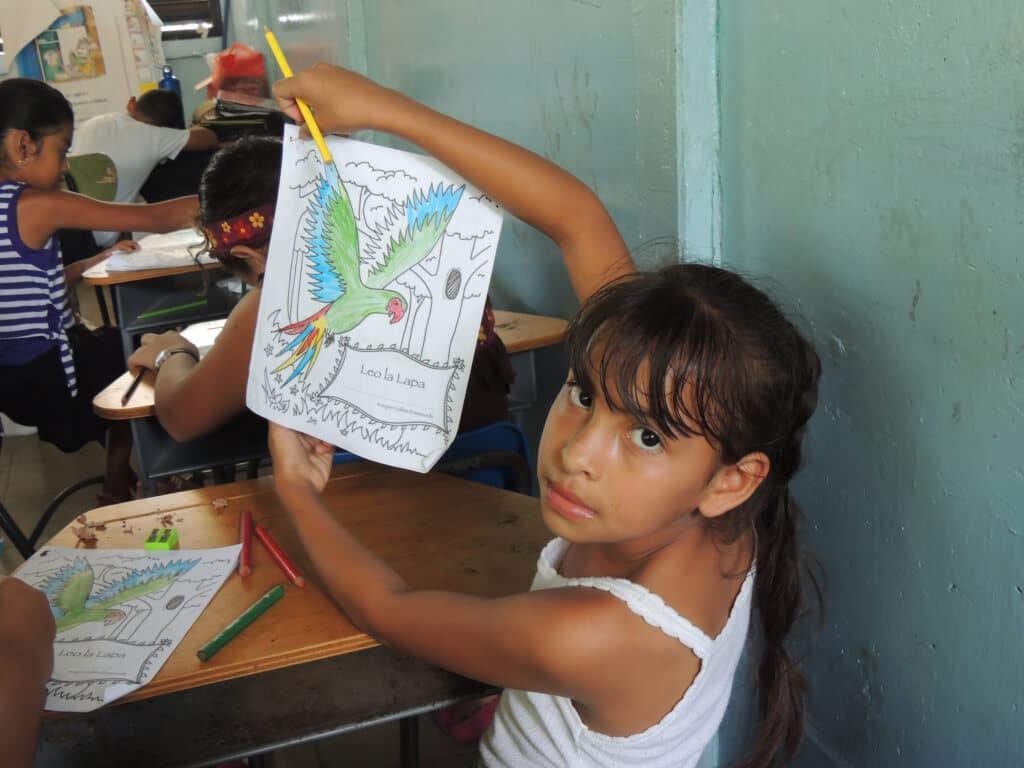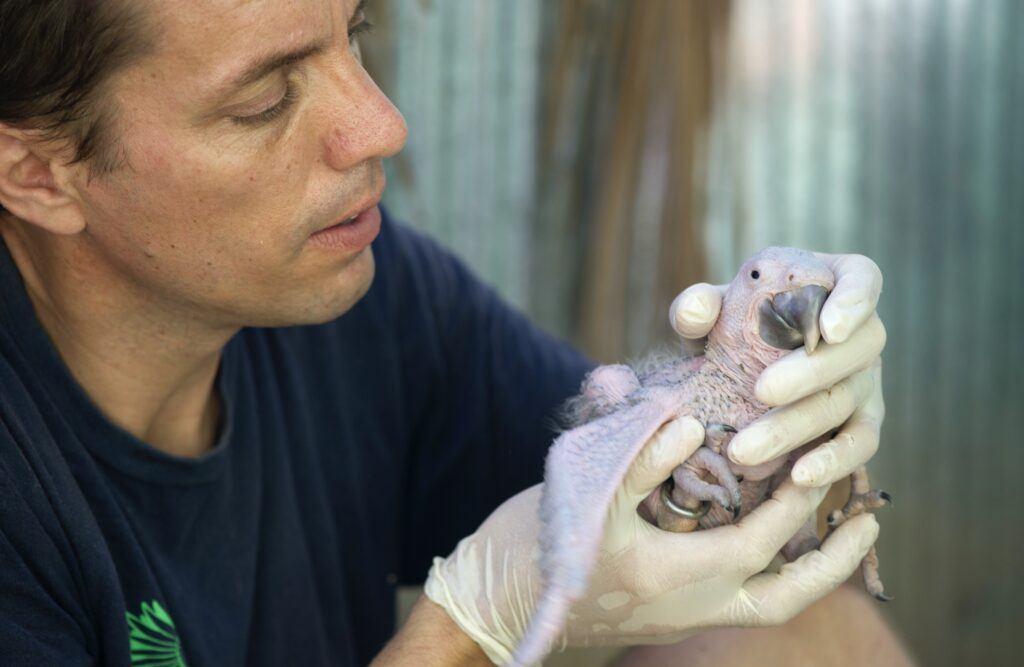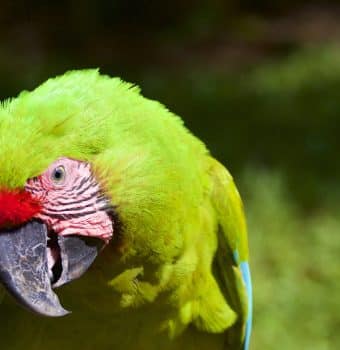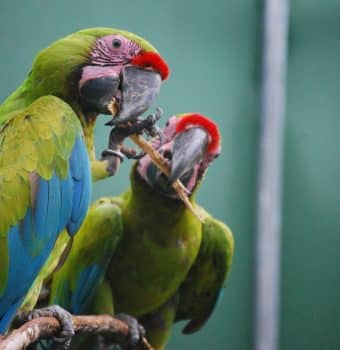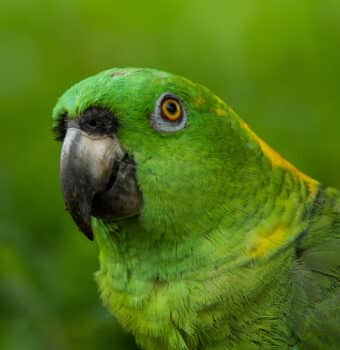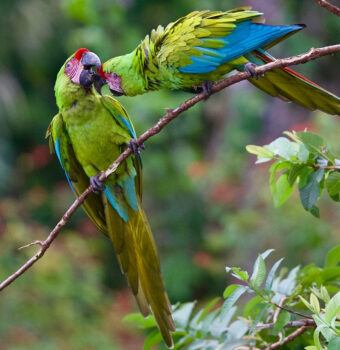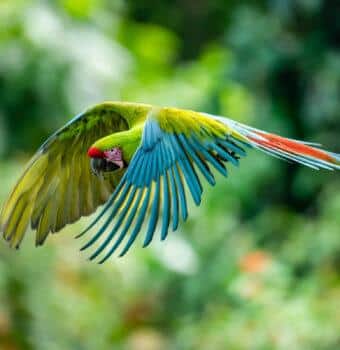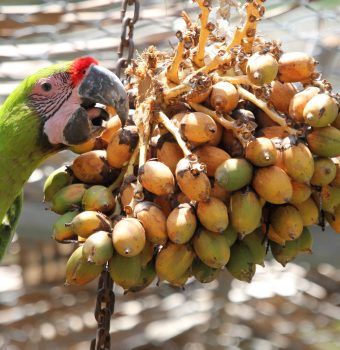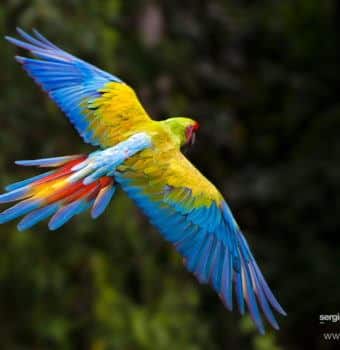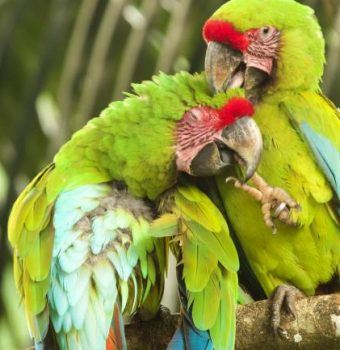When you get involved, donate, or spread the word on social media, you are truly making a better world for macaws and the communities that live alongside them. Here’s a few ways you can help:
Connect with Macaw Recovery Network on social media to learn more about their work and be a voice for macaws.
Visit Macaw Recovery Network’s website and sign up for their newsletter to deepen your connection with conservation.
VISIT WEBSITE
You can also help while you travel. Book a conservation experience through AirBNB Experiences to see wild macaws up close and support conservation efforts.
Donate to support MRN’s work protecting macaws in the wild. Through our donation model, 100% of your donation goes to field with zero taken for overhead or administration.



